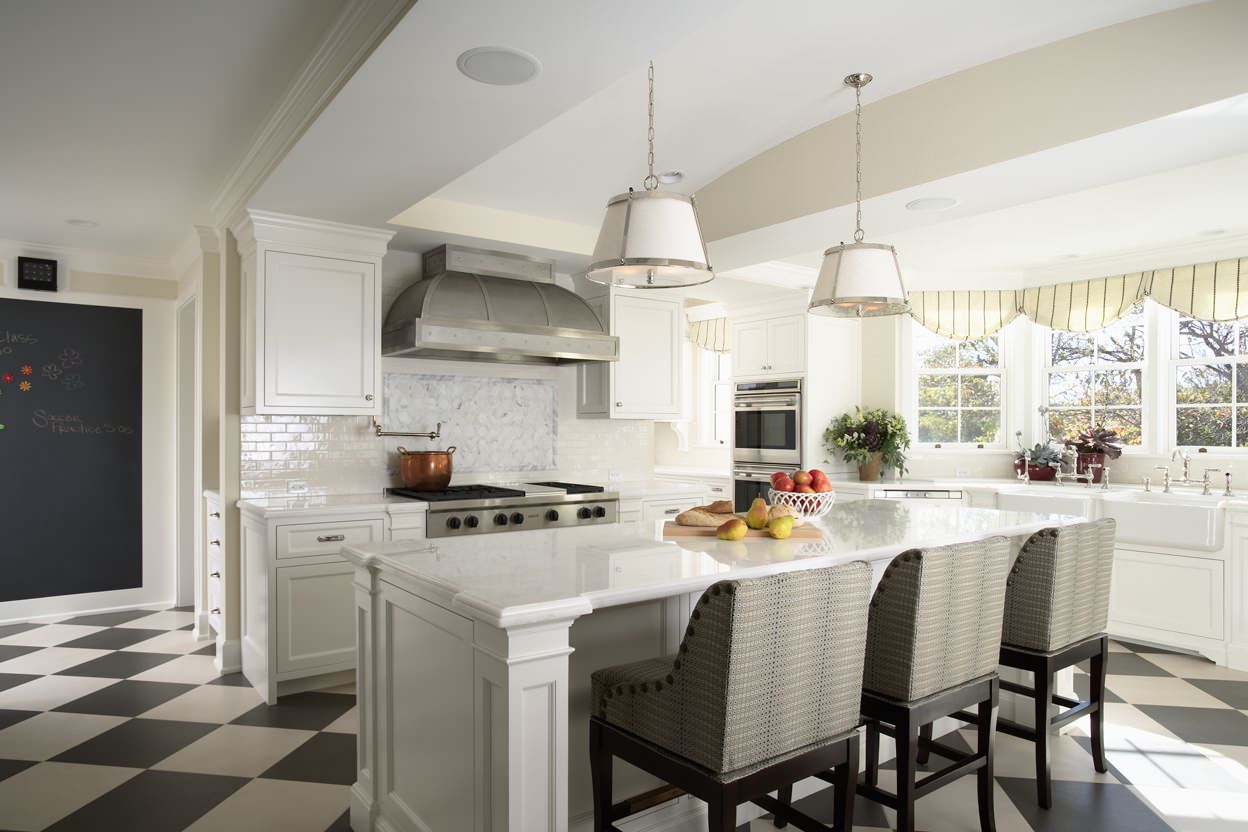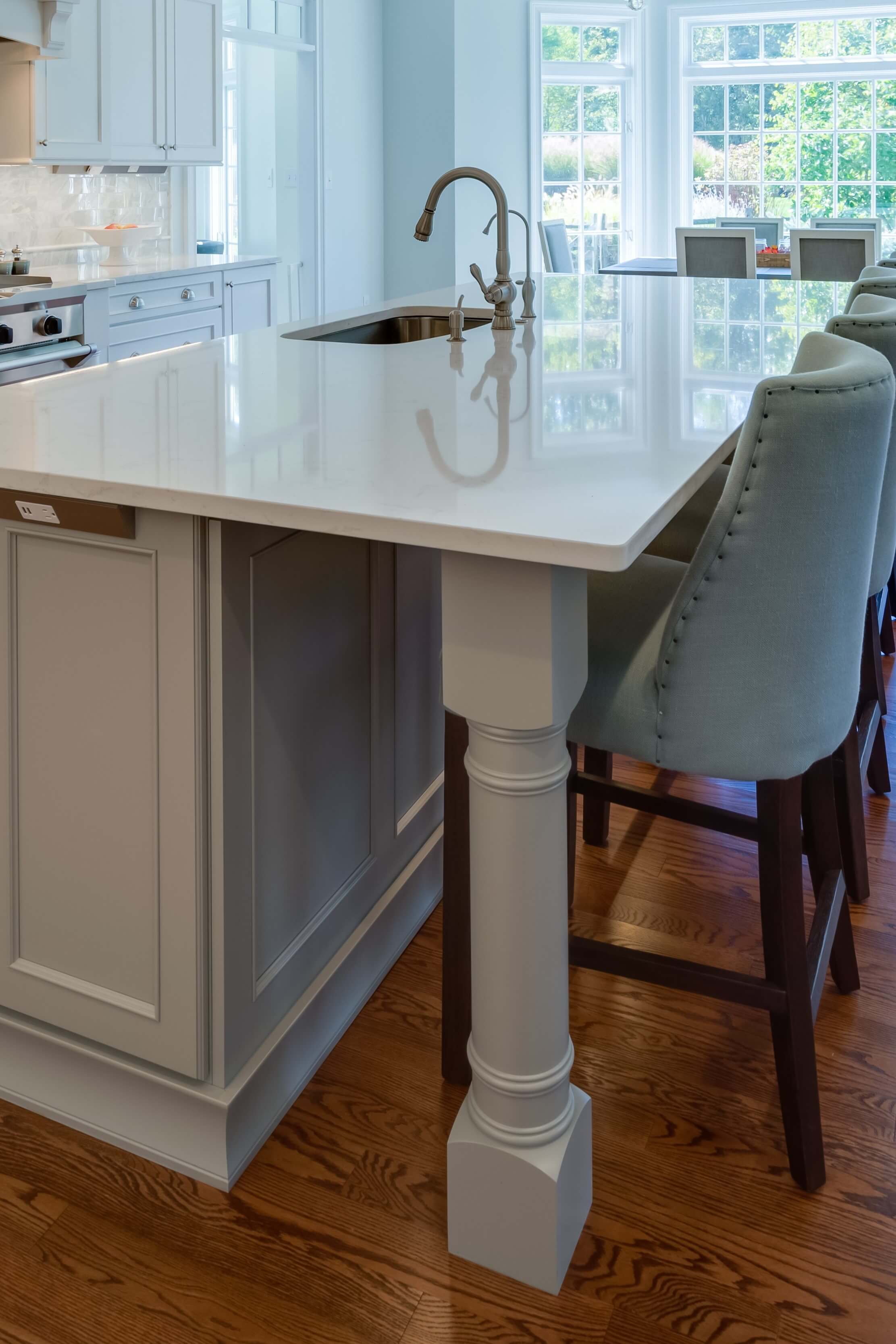Transform Your Room with Cutting-edge Kitchen Island Leg Designs
Transform Your Room with Cutting-edge Kitchen Island Leg Designs
Blog Article
Exploring the Essential Attributes of a Cooking Area Island Leg for Your Culinary Area
The kitchen area island acts as a central hub in any kind of cooking space, and the choice of leg layout is pivotal in improving both its functionality and aesthetic charm. Understanding the essential attributes of kitchen area island legs-- including material options, layout styles, and stability variables-- can substantially impact the total experience within the kitchen area. As we discover these aspects, we will discover how thoughtful modification and accessories can elevate your cooking area island from a simple energy to a striking centerpiece. What details considerations should be focused on to accomplish this equilibrium?
Relevance of Kitchen Island Legs
Cooking area island legs play a vital duty in both the functionality and aesthetics of a kitchen area area. They not just sustain the weight of the island but also improve the general style, adding to the kitchen's aesthetic allure. The choice of legs can dictate the design of the cooking area, be it modern, conventional, or rustic.
Functionally, durable and properly designed legs guarantee stability, enabling the risk-free usage of the island for numerous jobs such as food prep work, eating, or enjoyable. Strong legs avoid wobbling and moving, supplying a reliable surface for daily tasks.
Moreover, the elevation and positioning of the legs can influence the comfort level for those seated at the island. A well-considered height can suit bar feceses or chairs, advertising an inviting setting for events.
Along with these functional considerations, kitchen island legs can work as a centerpiece in the area (kitchen island leg). Attractive or distinctly created legs can raise the style aesthetic, making the island a focal point. Hence, choosing the best kitchen area island legs is vital for stabilizing type and feature in any culinary room
Product Options for Legs
Selecting the ideal product for cooking area island legs dramatically affects both durability and layout. Typical material alternatives include timber, rock, and steel, each offering distinct benefits.
Wood is a preferred option due to its heat and flexibility. It can be easily personalized to match various style styles, from rustic to contemporary. Woods like oak and maple provide superb stamina and long life, while softer woods can be extra prone to wear and tear.
Metal legs are favored for their sleek, modern visual. kitchen island leg. Stainless steel and aluminum are not just robust however additionally resistant to corrosion and corrosion, making them ideal for cooking area environments. They can produce a commercial look and are usually offered in numerous finishes to match various other kitchen components
Stone legs, such as granite or marble, add a component of luxury and stability. While much heavier than various other materials, they provide exceptional toughness and can withstand significant weight. Nevertheless, they might require additional support to make sure correct balance.
Eventually, the choice of product must align with both functional needs and the general layout vision of the kitchen area space, making certain that the island legs enhance both energy and looks.
Design Designs to Think About
What layout styles should be thought about when choosing legs for a kitchen area island? The choice of leg design substantially affects the general visual of your culinary room. For a contemporary kitchen, minimalistic and smooth leg styles, such as stainless-steel or geometric shapes, can enhance the contemporary appeal, offering a clean and minimalist look.
In comparison, conventional cooking areas gain from traditional designs such as turned or carved wood legs, which include warmth and personality. These choices typically feature complex information that enhance classic furnishings. For a rustic best site atmosphere, consider legs made from reclaimed timber or functioned iron, which bring a natural, earthy top quality to the area.
If you lean towards an industrial theme, durable metal legs with a distressed finish might be excellent, giving an edgy yet advanced touch. Furthermore, farmhouse design kitchens can include chunky legs that stimulate a sense of durability and homeliness.

Elevation and Security Aspects
The elevation and stability of a cooking area island are essential elements that straight influence its performance and user experience. An excellent cooking area island leg must offer adequate elevation to suit a variety of jobs, from food prep work to informal dining.
Stability is similarly essential, particularly as kitchen area islands usually function as focal factors in culinary atmospheres. A stable leg style minimizes shifting and tottering, which can bring about accidents or discomfort during use. Products such as solid wood, metal, or a combination thereof are generally employed to attain the necessary strength. In addition, the leg's attachment to the island's base must be secure, making sure longevity and durability against the damage of daily use.
Modification and Devices
Customization choices and accessories for kitchen area island legs can significantly enhance both the visual appeal and performance of the room. Homeowners can choose from a selection of products, consisting of rock, timber, and metal, enabling seamless integration with existing kitchen design. The selection of finish-- be it a natural stain, paint, or powder finishing-- further individualizes the look, making certain that the island complements the total style style.
In addition to material and coating, home owners may additionally check out the consolidation of devices such as ornamental braces, flexible feet, or incorporated shelving. Brackets can provide additional support while adding to a rustic or contemporary visual. Adjustable feet are particularly beneficial for uneven floor covering, making sure the island stays steady and degree, which is critical for both safety and use.

Verdict
In final thought, kitchen area island legs offer a vital role in providing stability and boosting the general visual of the cooking room. Personalization choices and devices can raise the kitchen island, making it a distinctive focal point within the home.
The cooking area island offers as a main hub in any kind of cooking area, and the choice of leg design is pivotal in boosting both its performance and visual charm. Understanding the necessary attributes of kitchen area island legs-- including material choices, layout styles, and stability elements-- can substantially influence the general experience within the kitchen area.Kitchen area island legs play a crucial function in both the capability and looks of a kitchen area room.What layout styles should be considered when picking legs for a kitchen island?In conclusion, cooking area island legs serve a vital role in providing security and click to read more enhancing the total visual of the cooking area.
Report this page